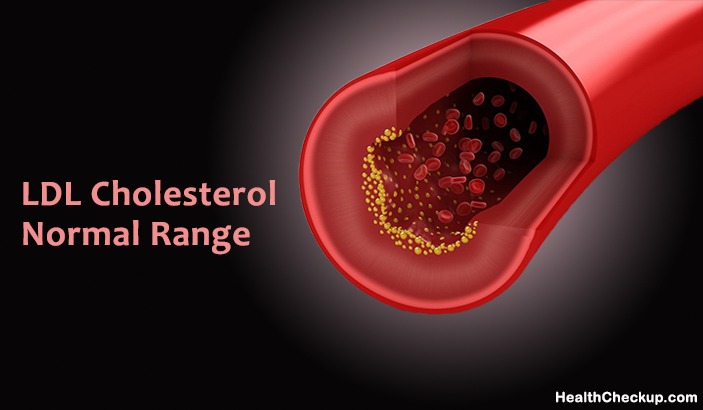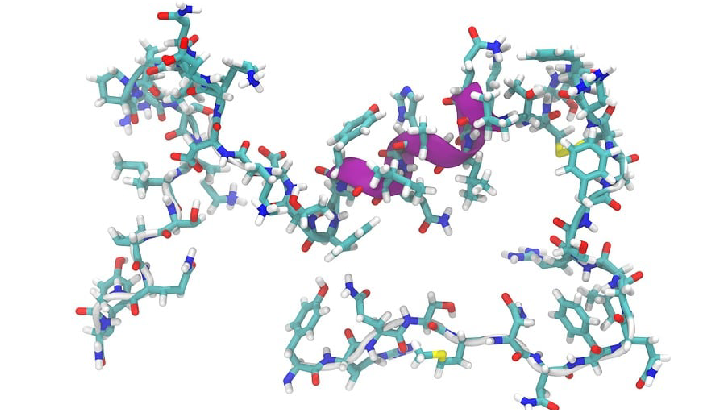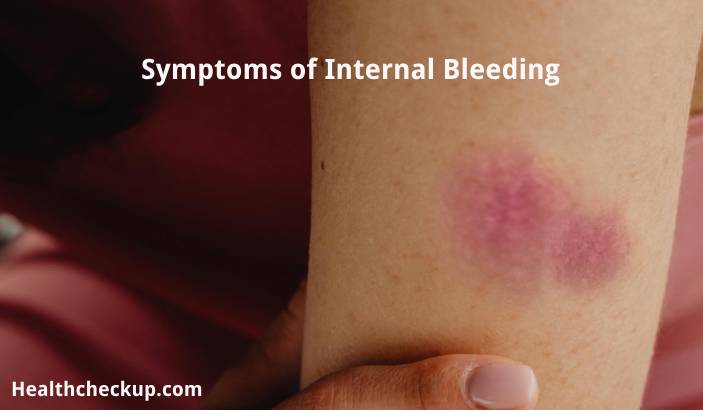LDL Cholesterol levels, if maintained at normal levels, can act as a friend as well as a foe. However, if these levels exceed the normal range, it can become a silent danger that increases the risk of heart attacks. Cholesterol exists in every cell in the body. It contains crucial natural functions. Although produced by the body, it can also be inhibited through food. This waxy and fat-like element is oil based and doesn’t mix with the blood (water based). Therefore, it is carried around the body in the blood by lipoproteins.
The Main Functions of Cholesterol Are:
- Formation of digestive bile acids in the intestine
- Aids production of vitamin D
- Aids formation of cell wall structure
- Helps the body to produce certain hormones
Cholesterol is Usually of Two Types:
- LDL Lipoprotein (LDL is the cholesterol that contains “bad cholesterol”)
- HDL Lipoprotein (HDL is the cholesterol that contains “good cholesterol”)
Normal Range LDL Cholesterol levels
High cholesterol levels can pose a serious risk of coronary heart disease, a major cause of heart attacks, and reduction of blood lipid levels reduces the risk of cardiovascular risk. While high LDL levels can be a cause for the build-up of cholesterol in the arteries, HDL helps transportation of cholesterol to the liver for removal from the body. Any build up of cholesterol can lead to narrowing of arteries, a condition involving the formation of plaques and leading to restriction of blood flow.
High cholesterol levels usually result from modifiable and non-modifiable causes, diet and exercise being the two major factors. These factors of cholesterol are highly modifiable. This means that you can change these risk factors to suit your condition and reduce the chances of high cholesterol.
It is quite easy to detect high cholesterol through the way of blood testing. As stated by doctor’s guidelines, every individual above the age of 20 years should get the cholesterol levels checked regularly, at least once every five years.
The cholesterol test is usually done after fasting, i.e. no food, pills, or drinks for at least 9-12 hours. Fasting would enable an accurate reading of LDL cholesterol level from the blood. In addition, the screening also provides info about the total cholesterol levels, including triglyceride and HDL cholesterol levels.
The set guidelines for LDL cholesterol levels along with the interpretation range that help determine the heart risk of individuals is:
- Normal – >100 mg/dL
- Near-normal – 100-129 mg/dL
- Borderline High – 130-159 mg/dL
- High – 160-189 mg/dL
- Very High – 190 mg/dL
Interpreting LDL Cholesterol Test Results
Possible Cardiovascular Risks
With rising LDL levels, the risk of cardiovascular diseases, related specifically with processes like atherosclerosis – a serious condition that occurs in chances of bad cholesterol combining with other substances in the blood. This further leads to the development of plaques in the arteries. With this, the blood flow gets tough.
Very high LDL cholesterol levels can lead to conditions like:
Coronary Heart Disease
Also known as CHD, this is the most common type of heart disease. Moreover, this is the largest cause of death in many countries. In the instance of plaque build-up in the coronary artery, the main supplier of blood to the heart, it can reduce as well as even block oxygen rich blood from getting to the heart. This can further lead to a heart attack or angina. With the passage of time, CHD can weaken the heart and result in heart failure if left untreated.
Angina
Usually, chest pain is the first indication of something going wrong. In case of decreased blood flow to the heart, you might experience squeezing like or a pressure-like feeling in the chest. This feeling is referred as angina. It is usually an alarm to indicate a serious underlying issue.
Stroke
A stroke is quite similar to a heart attack. Most of the strokes occur due to lack of oxygen, but to the brain this time. Again, the plaque built up due to excess LDL cholesterol breaks open to form clots and blocks the arteries that supply blood to the brain. This further causes damage to blood cells and symptoms become visible. Some of the symptoms include paralysis, sudden weakness, or troublesome sight and speech. Therefore, it is important to act immediately.
Heart Attack
When the heart doesn’t get sufficient oxygen, it can lead to a heart attack. This happens when the plaque resulting from excess cholesterol breaks open to form a clot in an artery. Quick actions can save your life. Therefore, seek instant medical help if you feel any signs of pain in the chest, breathlessness, or upper body discomfort.
Lifestyle Changes to Control Cholesterol
All the above-mentioned hazards of high cholesterol can be avoided by maintaining good numbers of cholesterol levels. However, it is not always necessary to go for medicines to control cholesterol. This can be done through diet and some lifestyle changes as well. These lifestyle changes can be adopted at any age.
Increase Fiber Intake
Fiber helps to keep LDL cholesterol under control by maintaining a healthy body weight. Replace the fatty foods with fiber rich foods. For example, instead of white bread and pasta, go for whole grains.
Exercise
Physical exercise and workout not only keeps you fit and aids weight loss, it also boosts the HDL cholesterol levels. Make sure to practice at least 30-60 minutes of moderate cardio every day.
Quit Smoking
Remember, every individual has a different body type. Factors like family history and some other conditions, like diabetes, can be crucial in your individual risks. Smoking is always hazardous to health. Therefore, speak to your doctor about the cholesterol levels and ask about the desired cholesterol numbers.
Reduce Cholesterol Intake
To maintain a healthy LDL cholesterol levels, try to reduce the intake of foods with high saturated fats. These include food like whole milk, cheese, and high-fat red meats.
Eat Healthy Fats
Instead of fatty foods, go for foods that contain healthy fats. These include avocados, olive oil, and nuts. The fats in these foods don’t raise the LDL cholesterol levels.
Eat healthy, stay healthy!
Medically Reviewed By

Maanasi specializes in health topics including diet and nutrition. A mother of an untiring seven year old, she enjoys nurturing her love affair with English. She is often found nestled with a book, plopped against a dozen pillows, smiling away at the brink of finishing yet another book of the many dozens, that adorn the shelves of her Mini Library!









